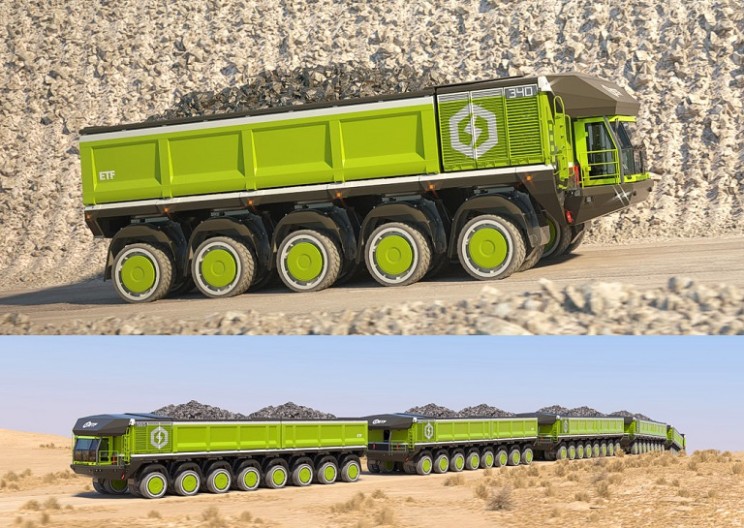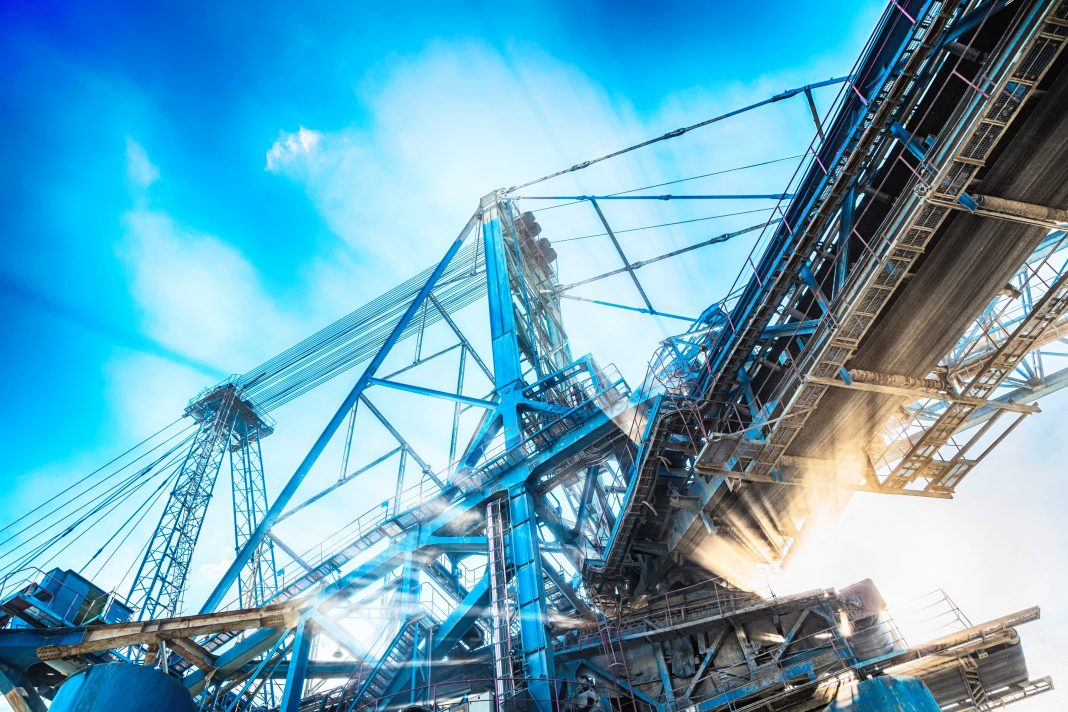The world is changing fast. Things that would have seen inconceivable ten years ago are now commonplace, from global politics to technology. To someone from 2008 an average smartphone would seem like something out of a science fiction movie, and they would laugh at you if you told them Donald Trump would become President of the United States.
It’s not just in communications or politics where things are changing fast – mining is the same. New ways of mining – to make the industry more efficient, more environmentally friendly, or safer – are emerging every day.
M4Z has written on the future of mining before – how the next mining frontier could be under the sea or in space, and how blockchain technology (which makes cryptocurrencies like Bitcoin possible) is changing mining. But mining companies are innovating in many other ways too.
The environment
One of the primary concerns around mining much-needed minerals, is the impact it can have on the environment. Mines also use large amounts of water – a growing concern in a world where this resource is becoming increasingly scarce. How will mining deal with these issues in the future?
Two-thirds of the water needs of Anglo American mines are met by using recycled or reused water
In South Africa two major companies, Anglo American and BHP Billiton, worked with a South African municipality, eMalahleni, to build a water reclamation plant. It is the world’s first facility that can treat rock acid drainage, which contaminates aquifers. The plant supplies nearby mines with water, as well as supplying up to 12% of the municipality’s water needs.
And, it’s not just traditional water sources that are being considered. A Brazilian mine, opened in 2016 by Vale, is using the moisture naturally contained in the ore, which reduces its water consumption by 93%.Anglo American mines already reuse or recycle 66% of their water, and the day is not far off when a mine’s water needs could be met in a closed loop – with all water being recycled and reused.

Many mining companies are also looking to phase out diesel vehicles, and replace them with electric vehicles in underground operations. This will reduce fuel emissions, leading to better working conditions – above and below ground, and less pollution. Furthermore, electric vehicles use energy more efficiently than diesel vehicles, and release less heat, reducing the need for cooling measures underground.
Safety
A Zambian mine, Kansanshi, uses innovative technology to monitor the eye movements of drivers of its massive trucks to ensure safety. If the device detects a driver’s eyes are closed for more than three seconds, an alarm sounds, and the driver’s seat vibrates, to ensure he’s not dozing off.
A Chilean mine is using devices known as “smart caps”, which sound like something you’d find in a science fiction movie rather than on a mine. They are currently being trialled by BHP Billiton at the company’s Esconida copper mine in Chile. The caps are worn by truck drivers and measure fatigue levels by monitoring brain waves. If fatigue is detected a device in the vehicle will notify the driver, as well as informing backroom staff, so that they can intervene.
New technology is also being developed in South Africa which could help locate miners trapped in rockfalls. The device would measure a miner’s vital signs and track his or her position. About the size of a matchbox, it is capable of sending radio signals through rock. The device will be powered by the same battery that powers a headlamp in a mining helmet, which makes it cheap, costing less than 800 kwacha. Currently it is still at prototype stage and final tests are scheduled to begin in South Africa in September this year.
It is clear that the world of mining is changing rapidly. Whilst there is a natural tendency to resist – or be fearful of – technological change, many of the innovations currently in the pipeline will benefit miners and societies alike. Mining companies, and countries which rely on commodities, such as Zambia, must anticipate these changes and embrace them, or risk missing out.
See also: The blockchain disruption























